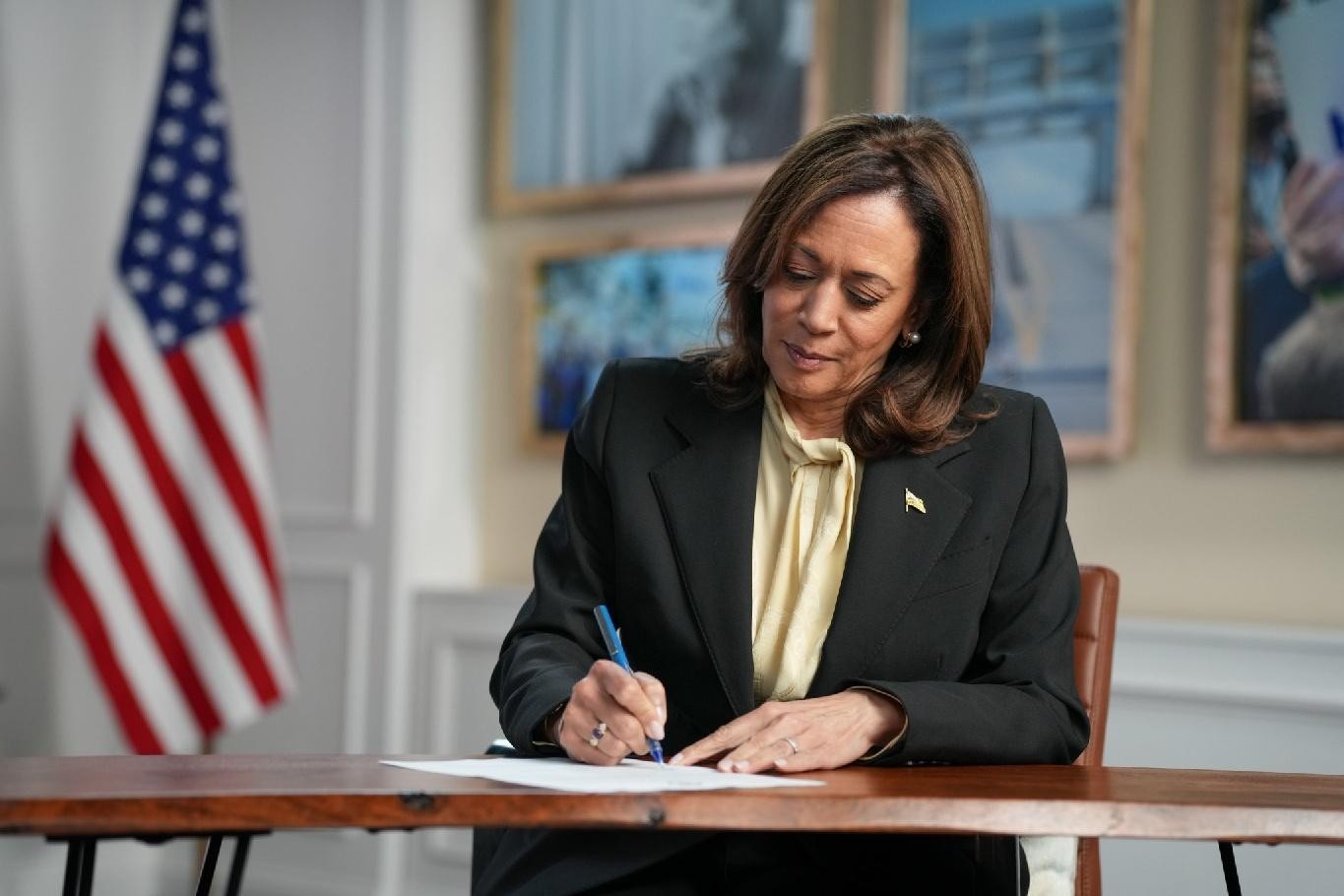
The upcoming national election is set to be a landmark event for Indian Americans in U.S. politics. President Joe Biden recently announced the end of his presidential campaign, endorsing Vice President Kamala Harris, who has Indian heritage. Meanwhile, Usha Vance, spouse of JD Vance, a former vice presidential candidate under Donald Trump, also has Indian roots. Earlier this year, Nikki Haley and Vivek Ramaswamy were prominent contenders in the Republican primary, highlighting the growing influence and political engagement of Indian Americans.
This rising presence isn’t just anecdotal. Data shows Indian Americans have been elected to significant government roles at a remarkable rate. Although they make up 0.6% of the adult citizen population in the U.S., they hold nearly twice that percentage in the U.S. House of Representatives. A recent report by Indiaspora, based in San Francisco, notes that Indian Americans fill about 4.4% of senior government positions.
The success of Indian Americans in U.S. politics can partly be attributed to the shared colonial history of the two nations. With English as a national language in India and a similar democratic governmental structure influenced by British colonization, Indian immigrants often arrive with a strong command of English and an understanding of democratic processes. Both countries value democratic principles and have robust constitutions, although India operates as a parliamentary democracy.
Indian immigrants are one of the fastest-growing groups in the United States. From 400,000 in 1980, the Indian American population has surged to 4.4 million in 2020, making up 1.5% of the U.S. population. This group is now the largest single-origin Asian demographic in the country, surpassing Chinese Americans by about 270,000.
Indian Americans are also becoming an increasingly significant voter demographic. Over 2.1 million Indian American adults are eligible to vote, with more than 235,000 becoming naturalized citizens in the past four years. In the 2020 election, Indian Americans had the highest voter turnout among Asian Americans, matching the 71% turnout rate of non-Hispanic white Americans.
In Washington state, Indian Americans are a growing political force. King County, in particular, saw substantial growth in its foreign-born population, with Indians being the largest immigrant group. Despite being only 2% of the state’s population and 1% of its eligible voters, Indian Americans have a notable presence in state politics. Pramila Jayapal represents the 7th Congressional District in the U.S. House, while Manka Dhingra and Vandana Slatter serve in the state Senate and House, respectively. Shasti Conrad, originally from South Asia, is the chair of the Washington Democratic Party.
The future voting patterns of Indian Americans are uncertain with Biden’s withdrawal and the potential nomination of Harris. Before this shift, a national survey by AAPI Data indicated a drop in support for Biden among Indian Americans, from 65% in 2020 to 46% currently. Dissatisfaction with Biden’s economic policies and his handling of the Israel-Gaza conflict might explain this decline. However, support for Trump remained stable, with 29% of Indian Americans backing him, suggesting that the right Democratic candidate could still win their support. Harris’s candidacy might invigorate Indian American voters and donors, potentially mirroring the enthusiasm she generated in 2020.
Harris’s presence on the ticket could also inspire more Indian Americans in Washington state to pursue political office. The state’s Indian American community, benefiting from the tech boom, boasts the highest household income at $194,000. Despite their relatively recent arrival and a citizenship rate lower than the national average, the potential impact of a Harris presidency could drive increased civic engagement and political participation among Indian Americans in Washington, with lasting effects as more gain eligibility to vote and run for office.


